Contemporary adventurers are still captivated by the thrill of discovering hidden treasures, be it stashes or caches that have been buried away. These exciting treasure hunts keep them engaged and enthralled even in today’s world.
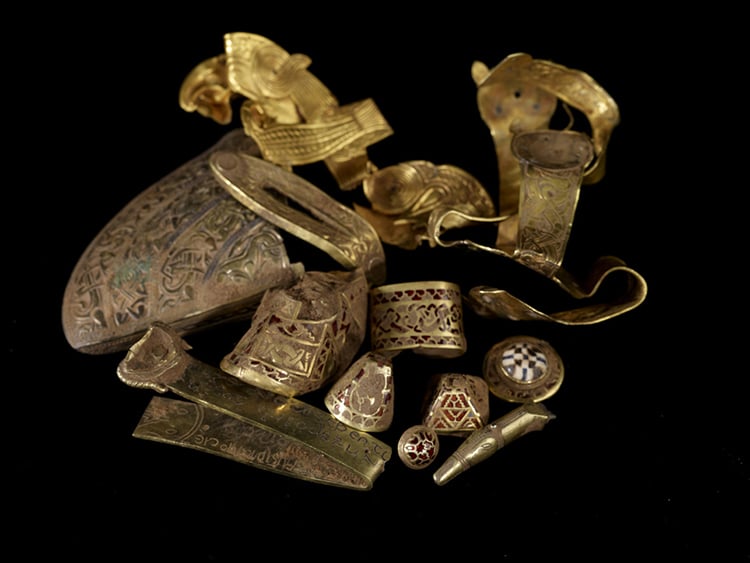
The Staffordshire Hoard, a collection of gold and silver items from the 6th and 7th century, was discovered in Staffordshire, England back in 2009. It’s the kind of discovery that ignites the imagination of young children who dream of finding buried treasure, left behind by pirates or an ancient ruler. But it turns out that even as adults, we can still stumble upon these hidden treasures around the world. Caches of ancient coins, gold trinkets, and silver plates are still being found, much to the delight of adventurers everywhere. Uncovering a treasure trove can be life-changing, turning a hobbyist metal detector enthusiast or farmer into a millionaire overnight. These discoveries also provide invaluable insights into local history that can’t be measured in monetary terms. So, if you’re still holding onto that childhood fantasy of finding buried treasure, don’t give up hope just yet. Keep reading to learn more about hoards, treasure, and how your dreams could still come true.
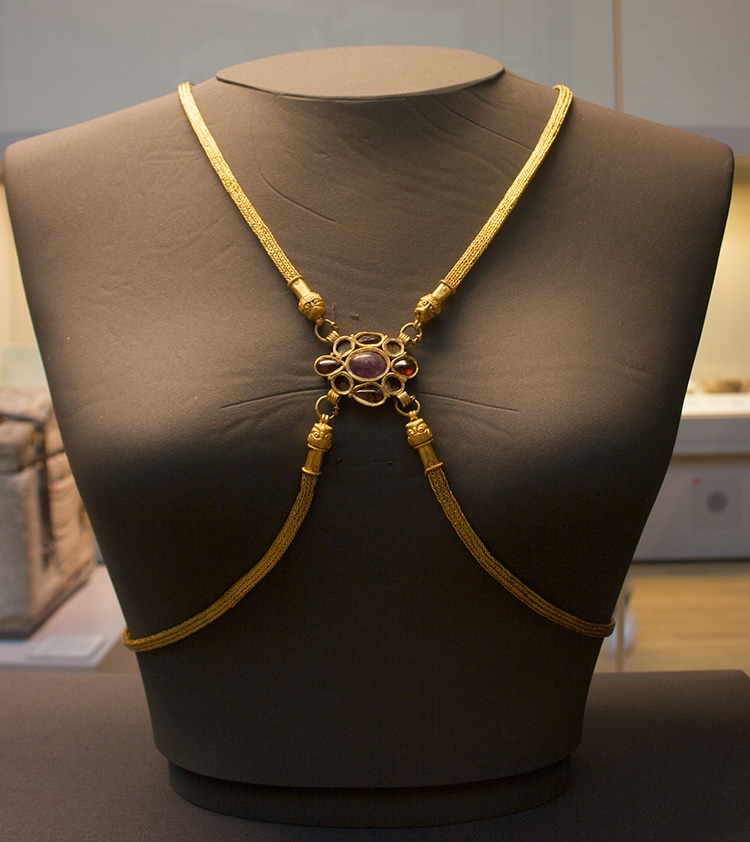
Archaeologists refer to treasure troves or hoards as a type of deposit that contains various metal-based objects, including precious metals and stones, ceremonial artifacts, and everyday coins. The reason behind the placement of these materials underground can vary depending on societal conditions. Wealthy individuals may have hidden their valuables during times of political instability or war with the intention of returning to retrieve them. However, unforeseen circumstances such as war or death could disrupt plans for recovery, leaving the hoard waiting for discovery by chance. It’s important to note that items found at gravesites or shipwrecks are not classified as hoards.

There are many locations worldwide where treasure troves are waiting to be discovered, but some of the most well-known and sizeable discoveries can be found in Great Britain and Ireland. It is important to note that treasure trove has a specific legal definition, with coins and bullion being classified as treasure depending on the amount of silver and gold they contain and how old they are. In the United Kingdom, the Treasure Act 1996 governs all discoveries, with any finds over 300 years old and containing at least 10% gold or silver generally being classified as treasure. Pre-historic finds may also qualify, regardless of metal content. It is crucial to report any discoveries to the local coroner within two weeks, as discovered treasure is considered to be owned by the Crown. Failure to do so may result in imprisonment.

Following a discovery of potential treasure, the next step is for the coroner to conduct an investigation, known as an inquest, to determine if the items are indeed valuable. This involves a Treasure Valuation Committee, comprised of experts who assess the pieces to decide whether they meet the criteria to be considered treasure. If they do, the committee then determines a value. Should the items fall under the law’s jurisdiction, the finder (and landowner) must make them available for purchase by a museum. Such laws exist to ensure that historical national treasures are not lost to private collectors but rather end up in institutions where they can be studied and preserved. This system typically benefits all parties involved as it promotes knowledge and allows the finder to make a considerable profit from the sale.

Renowned Stashes of Valuables The Broighter Gold Hoard

The Broighter Gold hoard, discovered by farmers in Northern Ireland in 1896, is a stunning collection of Iron Age gold dating back to the first century BCE. The intricate metalwork on a torque, twisted necklace, a bowl, and other pieces of jewelry showcases the artistry of the ancient Celtic craftsmen. The standout piece in the hoard is a golden boat with oars, believed to have been a votive deposit for a Celtic sea god. Another notable treasure is the Preslav Treasure.
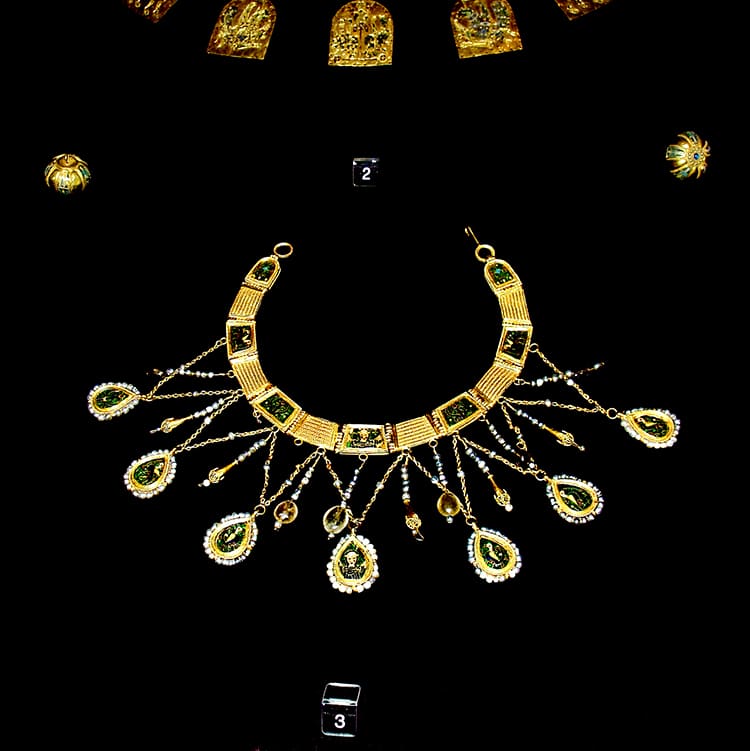
Unearthed in Castana, Bulgaria in 1978, the Preslav Treasure is a collection of 170 valuable artifacts made of gold, silver, and bronze. These were buried during a period of political unrest in the 10th century CE, although some pieces could date back as far as the 3rd century CE. The most impressive item in this treasure trove is a magnificent golden necklace featuring a medallion of the Virgin Mary. It’s believed that this exquisite piece of jewelry was possibly gifted by a Bulgarian Tsar to a Byzantine princess on the occasion of their wedding.
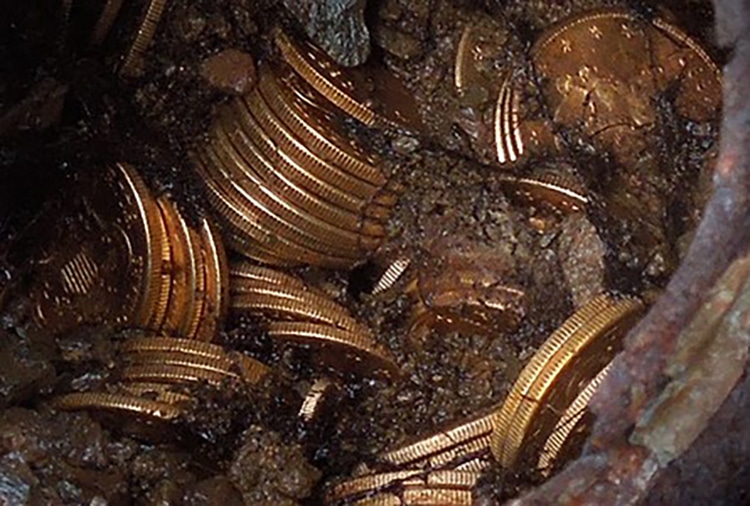
In 2013, the Sierra Nevada mountains became a hot spot for treasure hunters when the Saddle Ridge Hoard was discovered – a collection of 1,427 gold coins worth a whopping 10 million dollars. This is considered the biggest coin hoard ever found in the US, with coins dating from the late 1800s stored in eight metal canisters. The canisters were spotted by the landowners while walking their dog, and experts in numismatics took care of the coins’ conservation, valuation, and sale on Amazon for a significant amount of money. Another famous hoard known as the Hoxne Hoard has an interesting story as well.
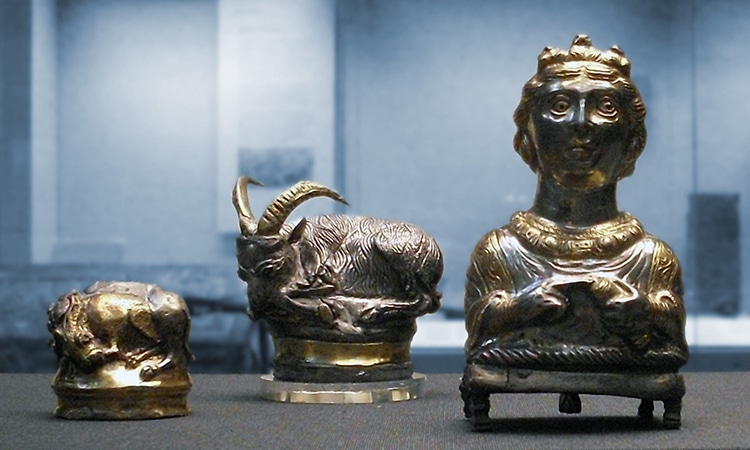
In 1992, the Hoxne Hoard was found in Suffolk, England by a metal detector enthusiast. This discovery is regarded as one of the most significant treasure troves ever discovered in the UK due to its immense value that amounts to millions of pounds. Inside an oak chest were thousands of Roman coins and jewelry pieces that date back to the fifth century, marking the end of the Roman rule in Britain. Archaeologists find coins particularly useful in determining accurate dates for historical artifacts. It is believed that the chest was buried by a wealthy family, given the exquisite items it contains such as gilded pepper pots, gold body jewelry, and intricately designed animal figures. Another notable treasure trove is the St Ninian’s Isle Treasure Trove.
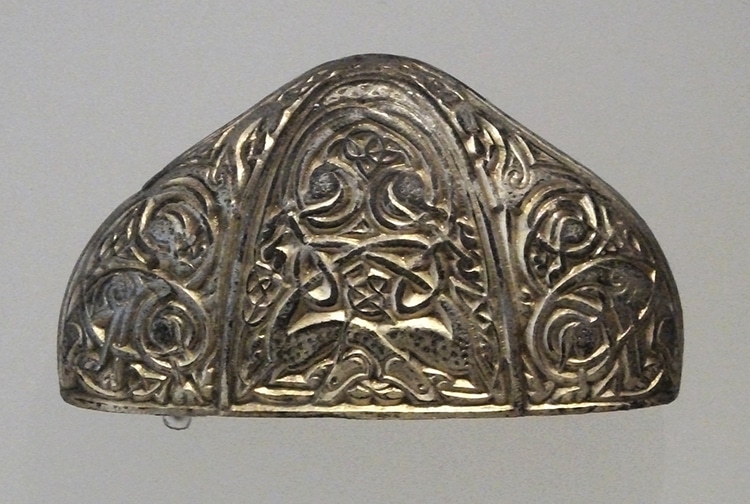
Scotland also has its fair share of precious treasures waiting to be discovered. Unearthed in 1958, a trove of silver items from the early medieval period was found, featuring intricate pieces of jewelry that are still worn in Scotland today. One such item is the penannular brooch, also known as the Celtic brooch, which was once used to fasten ancient clothing but is now a staple in classic highland dress. The collection also includes a beautifully crafted sword hilt adorned with raised Celtic motifs. Meanwhile, the Staffordshire Hoard remains another remarkable treasure trove yet to be fully explored.
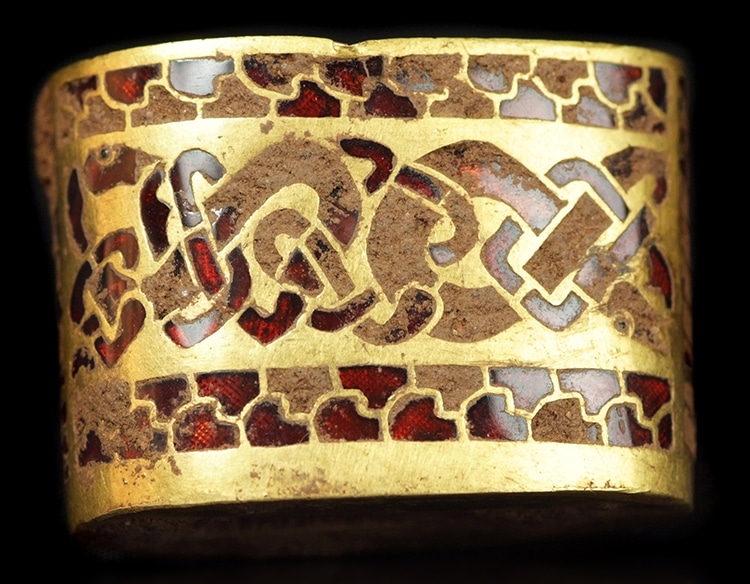
The Staffordshire Hoard is an outstanding example of Anglo-Saxon buried treasure found in the UK. It contains numerous gold and silver items with beautiful garnet inlay. In 2009, it was discovered in a plowed field and was fortunately excavated by professional archaeologists at the request of the landowner. The artifacts provide historians with insight into the Britain of the 7th and 8th centuries. The collection includes martial objects that are notable for their craftsmanship, and they may have been a noble votive offering for a deceased warrior. Another treasure trove of note is the Mildenhall Treasure Trove.

This article talks about the Mildenhall Treasure, a collection of Roman dishes, platters, floors, and spoons discovered in Suffolk, England in 1942. The hoard is considered to be heavy and is adorned with mythical scenes in raised relief. Although scholars were once doubtful of its origin, subsequent discoveries have confirmed that such luxuries were present in Roman provinces. The highlight of the collection is the Great Dish that features Bacchus, the god of wine. Interestingly, the man who found the silverware used it on special occasions before eventually handing it over to authorities. This article does not delve into the Ziwiye Hoard and focuses solely on the Mildenhall Treasure.
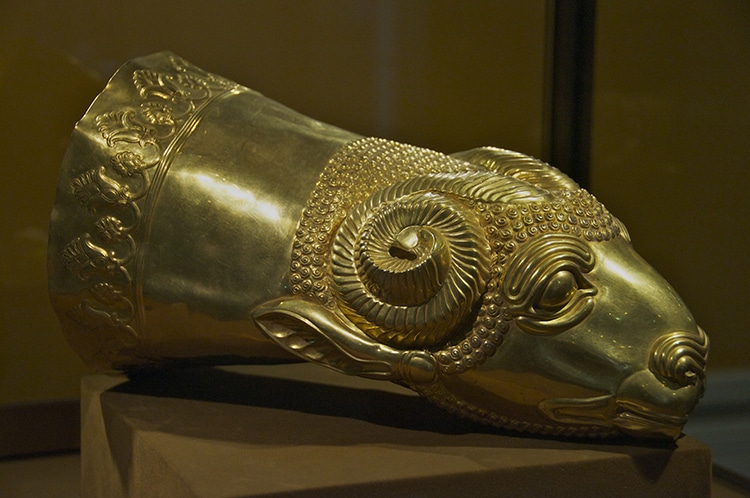
In the ancient Near East, there are countless treasure troves, but one of the most remarkable is the Ziwiye Hoard. This hoard was discovered in Iran back in 1947, although the details surrounding its discovery remain somewhat unclear. Unfortunately, many of the pieces have been dispersed into private collections, which is part of the problematic antiquities trade that accompanied Western imperialism in the Middle East. Despite this, certain exceptional items have come to represent the cultural diversity of ancient Iran around the 9th century BCE. Positioned on the Silk Road and other trade routes, these artifacts display Assyrian, Scythian, and other regional influences. One of the most impressive pieces is a gold drinking horn in the shape of a ram’s head, fit for a king. Another fascinating hoard is the Spillings Hoard.
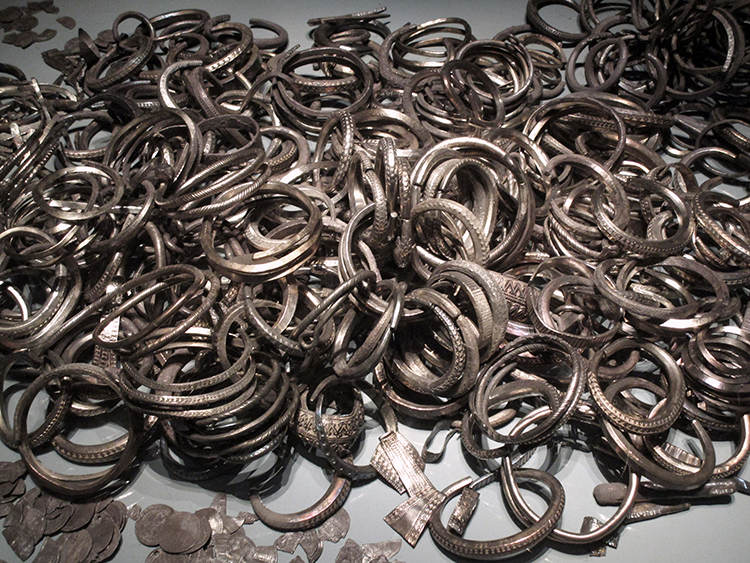
Have you ever heard about Vikings concealing their riches? In 1999, a hoard of Viking silver was unearthed in Sweden. The Spillings Hoard contained an extensive collection of coins from the early medieval century, with a majority of them originating from Islamic sources. This discovery, along with other similar findings in Sweden, reveals the extensive trade network during that era. The hoards discovered had coins from distant places such as North Africa and Central Asia. Another example of buried treasure is the Treasure of Villena.

Throughout history, people have had the habit of concealing precious objects. In the Bronze Age, around 1000 BCE, Spaniards buried gold bowls, bottles, and bracelets alongside iron, which was also highly valued at that time. These gold items showcase intricate patterns and attest to the advanced gold-working abilities of ancient societies. Another example of treasures found in hiding is the Panagyurishte Treasure Trove.

The Panagyurishte Treasure is a collection of Thracian gold artifacts that were unearthed in Bulgaria back in 1949. These ancient Indo-European people resided in the Balkans and Anatolia, with the items being buried somewhere between 400 and 300 BCE. The Thracians were mentioned in the Illiad, making them an intriguing ancient civilization. To explore their history further, you can check out HistoryHit. Another notable find worth mentioning is the Wonoboyo Hoard.
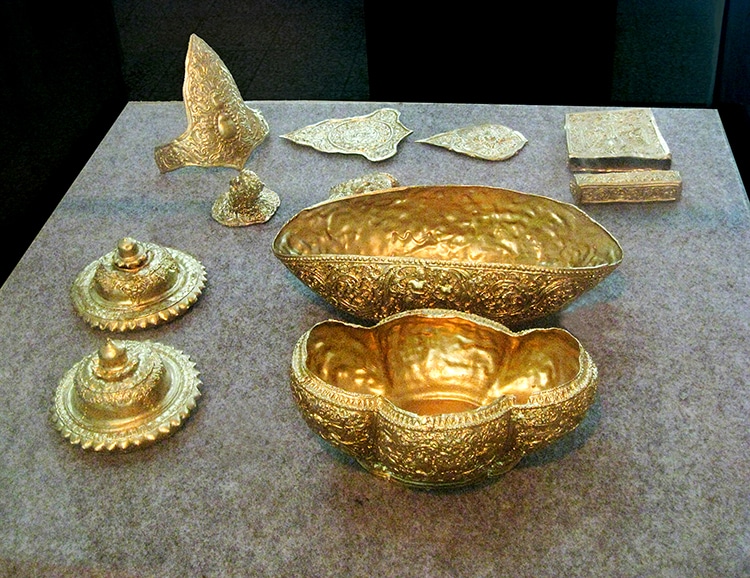
In Central Java, Indonesia, in 1990, an incredible discovery was made. The Wonoboyo Hoard contained a collection of exquisite 9th-century golden artifacts that included jewelry and stunning small bowls. These treasures were found concealed within earthen jars, and many believe they belonged to a member of the royal family of the Medang Kingdom. The Javanese people have a long history of creating some of the most exceptional gold craftsmanship, which can be seen in the collections of the Metropolitan Museum of Art. If you’ve ever dreamt of finding fabulous treasure like you did when you were a child, this discovery will surely spark your imagination.
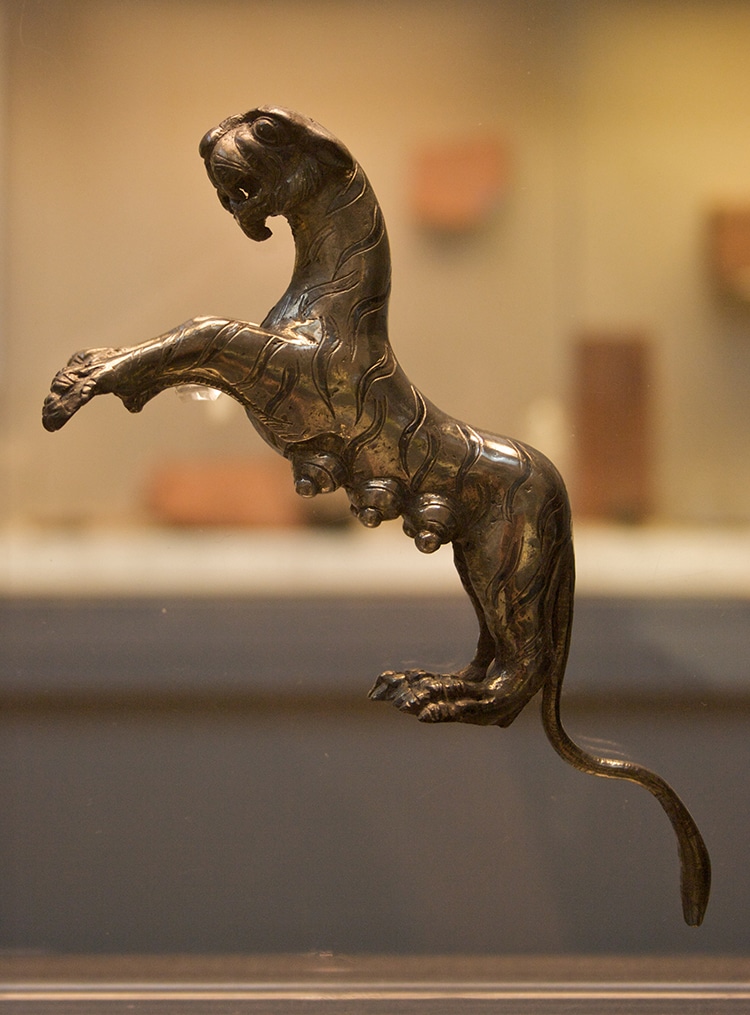
The Hoxne Hoard boasts of a handle that’s designed to look like a tigress. The handle is quite unique and stands out from the rest of the items found in the hoard. It’s shaped like a tigress, which adds to its exotic feel. The Hoxne Hoard is home to various other artifacts worth millions of dollars. It’s interesting to see how such treasures get discovered after being buried for centuries. The Louvre also has a sculpture that’s armless but still considered a masterpiece. Similarly, Amsterdam’s river holds many hidden treasures that make for visually satisfying arrangements. Family portraits are another way to feature treasured objects that have been passed down through generations.